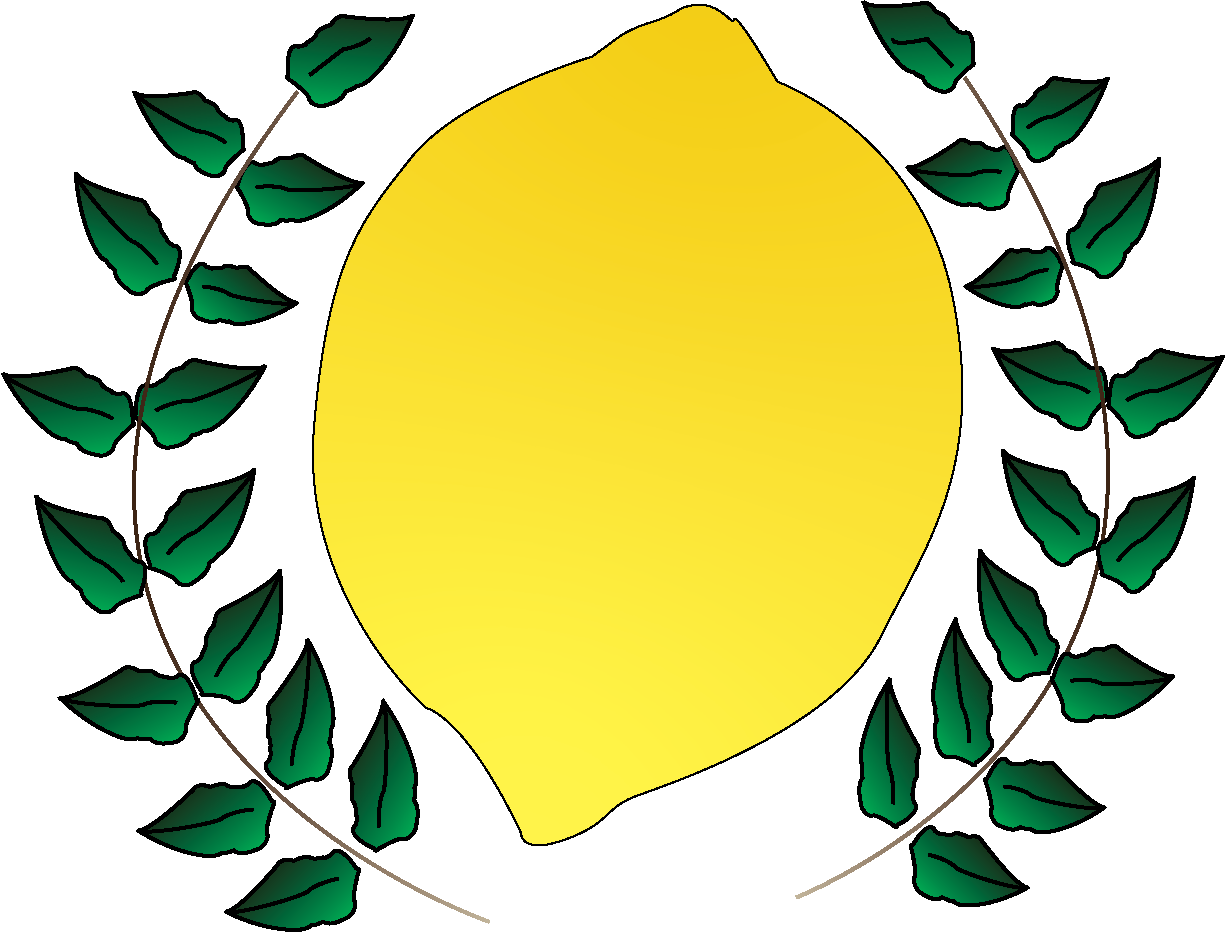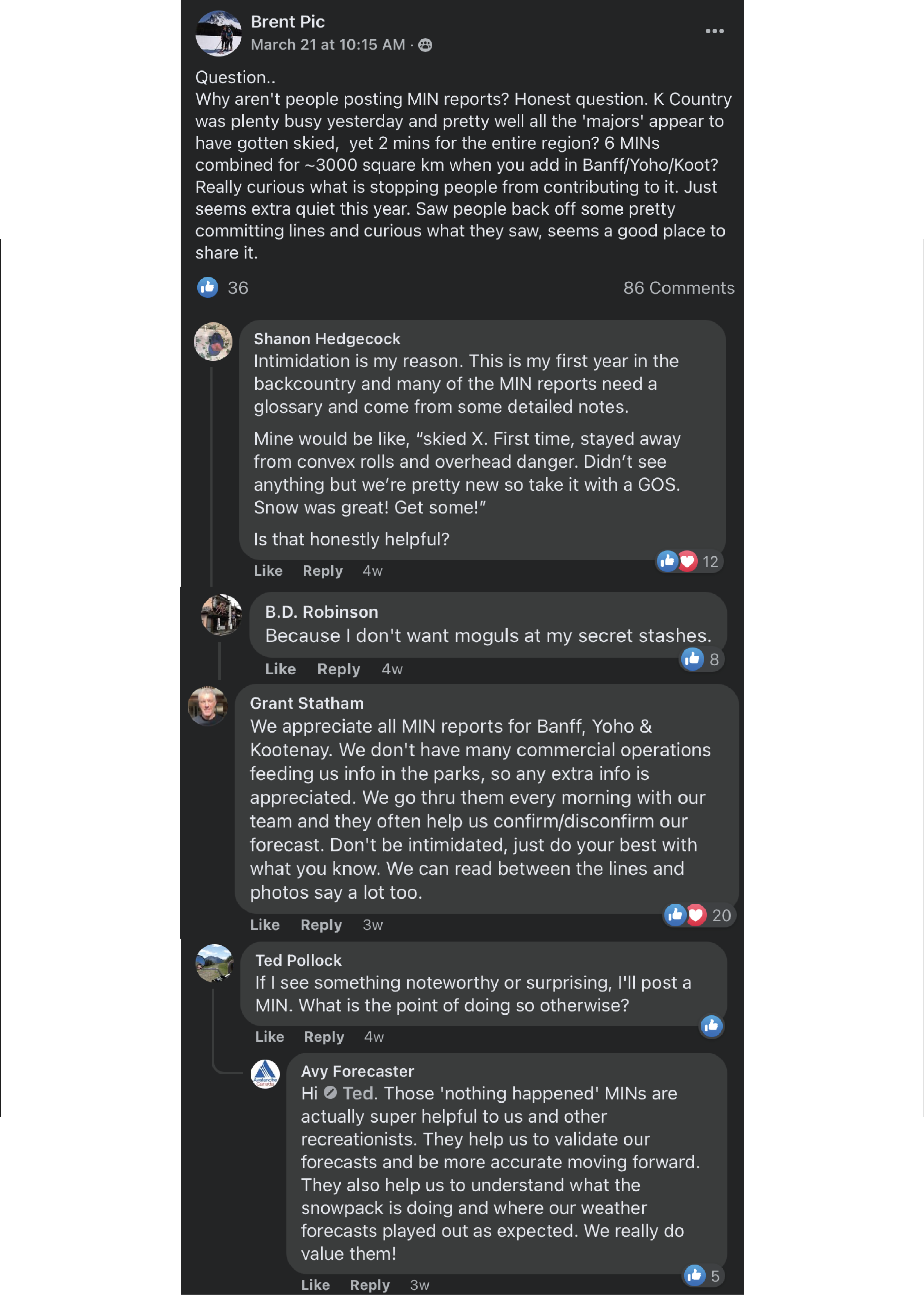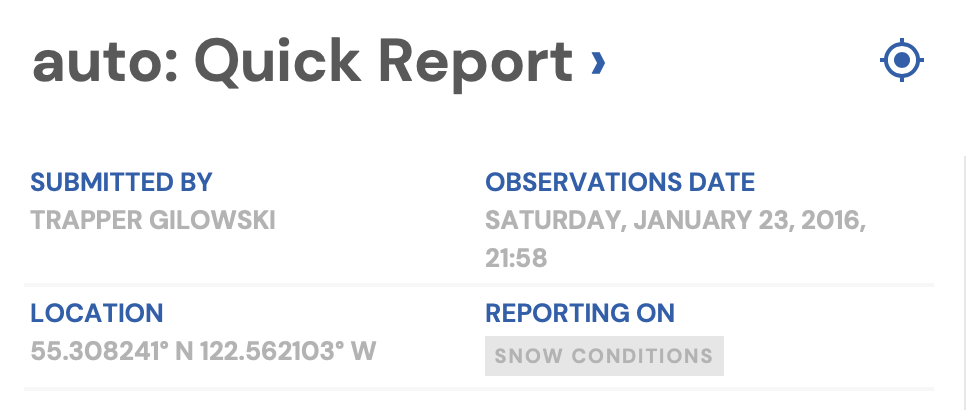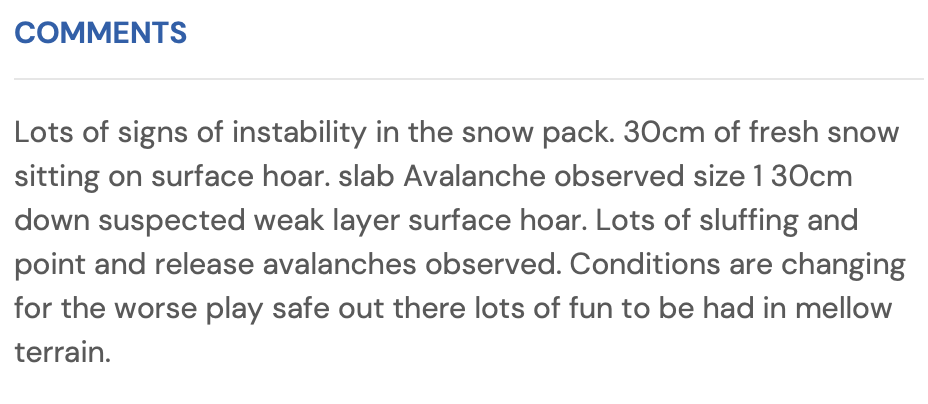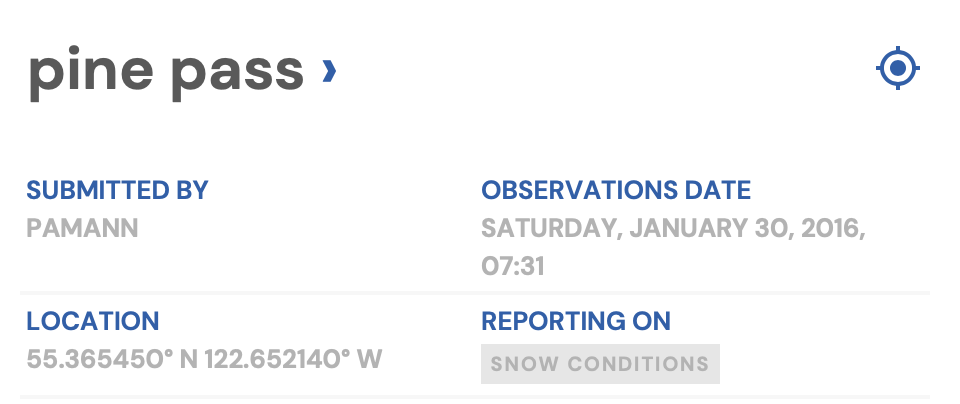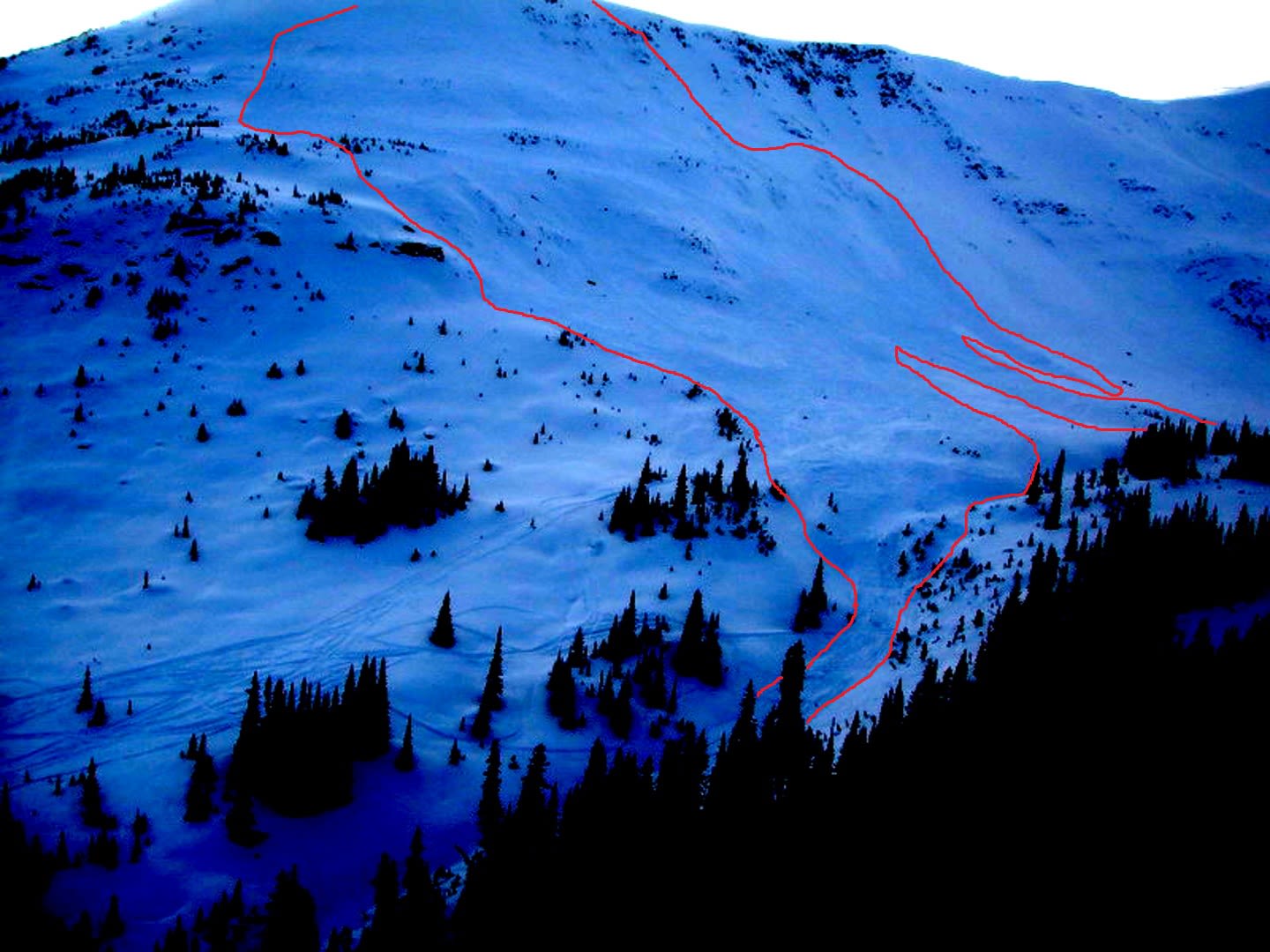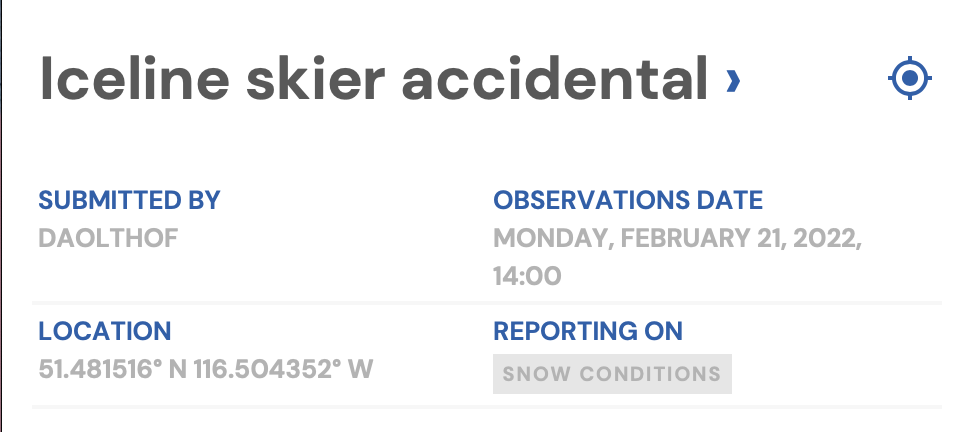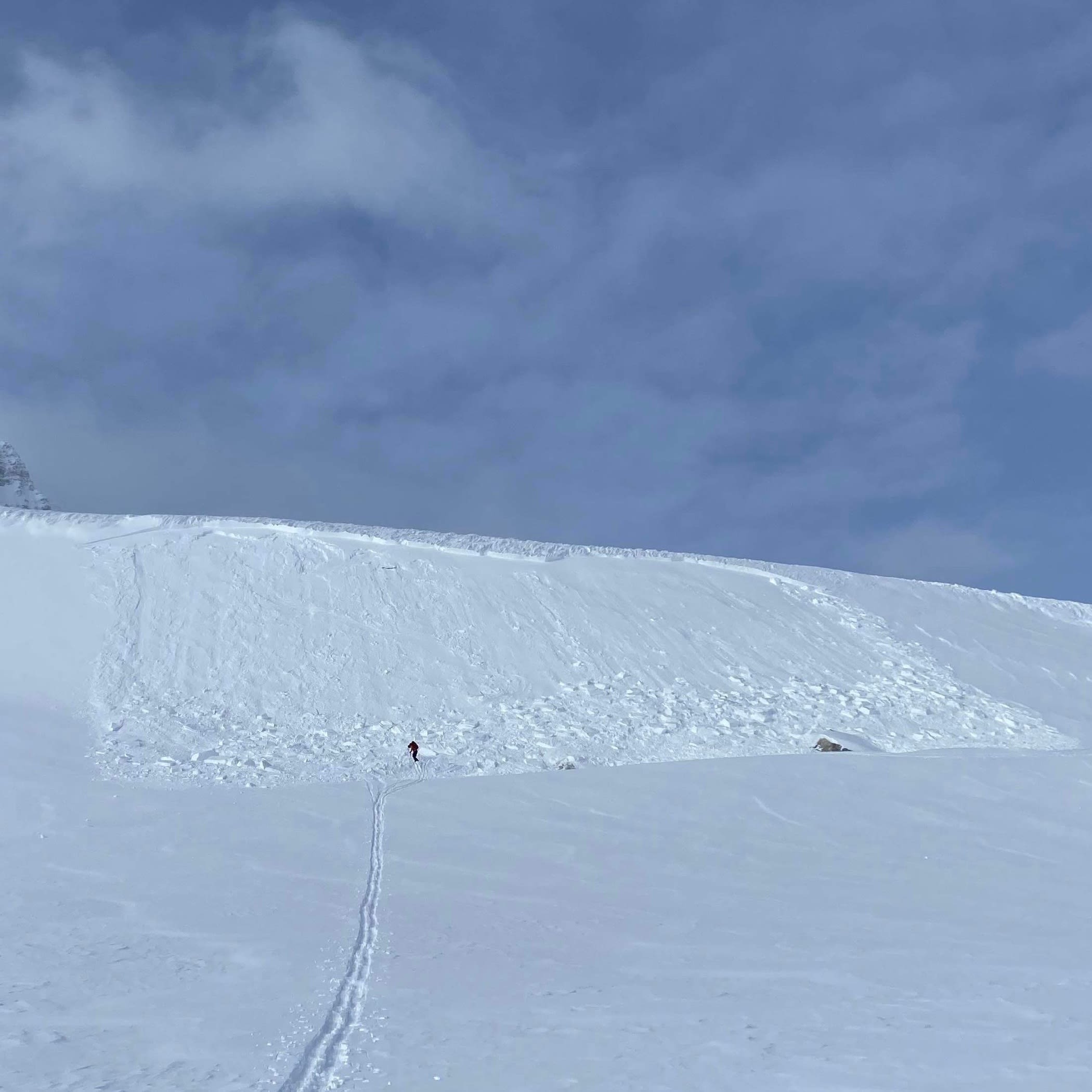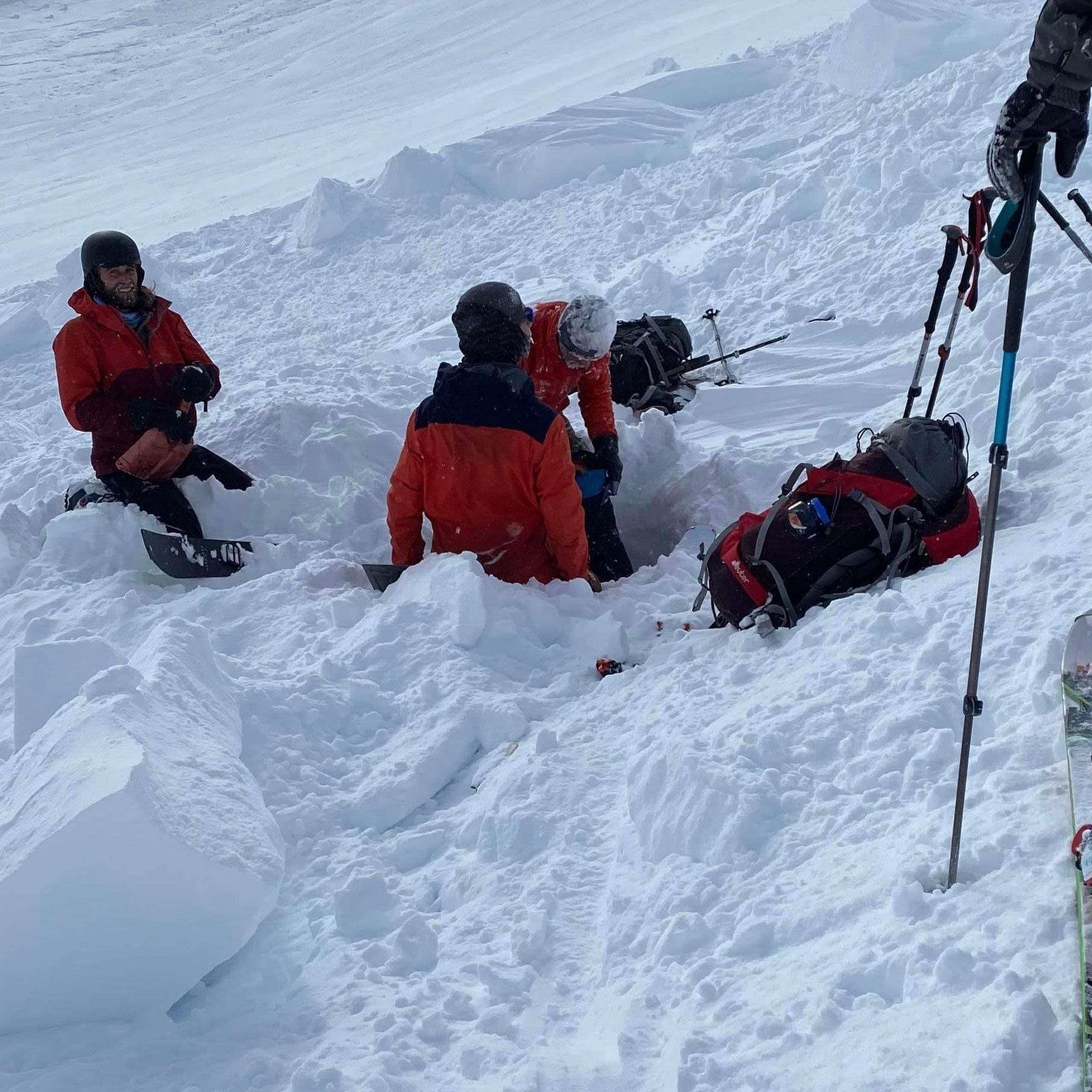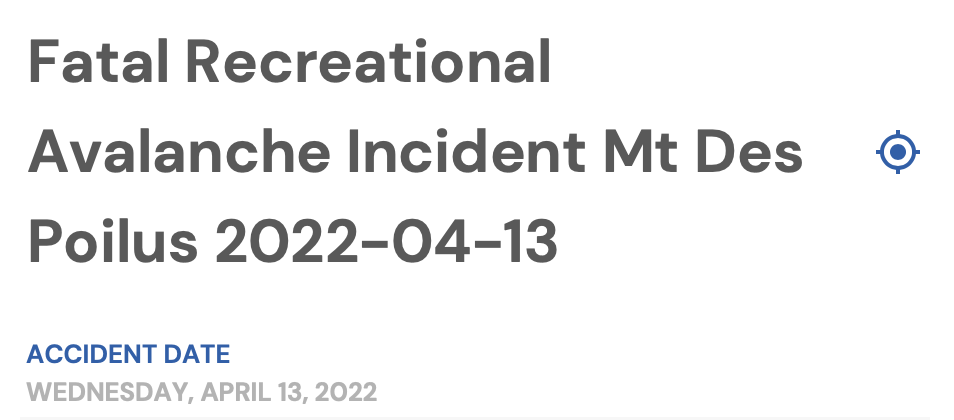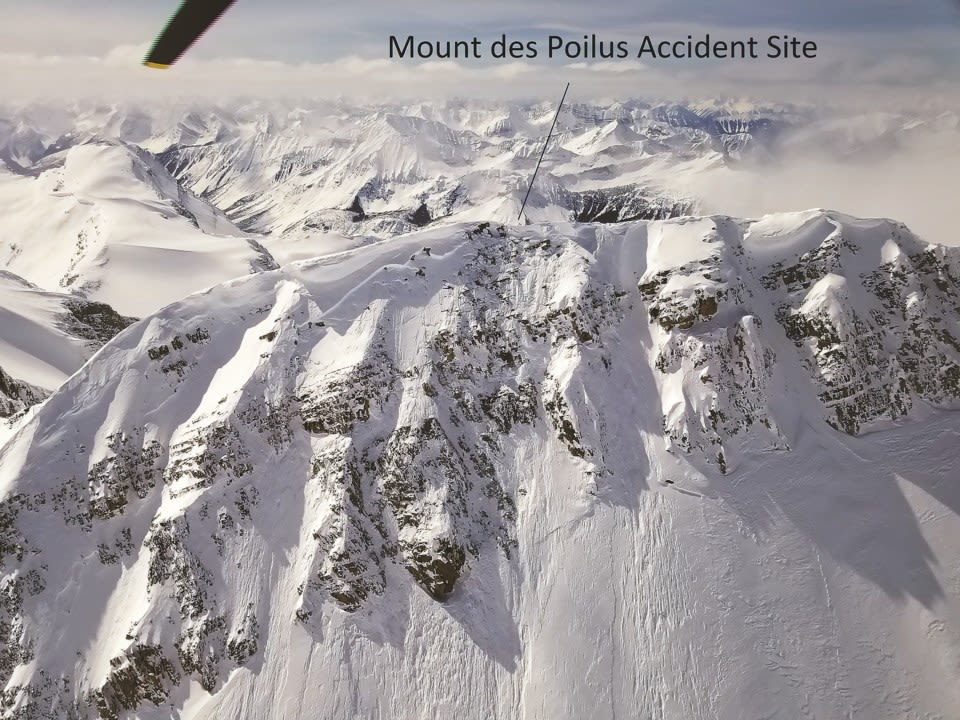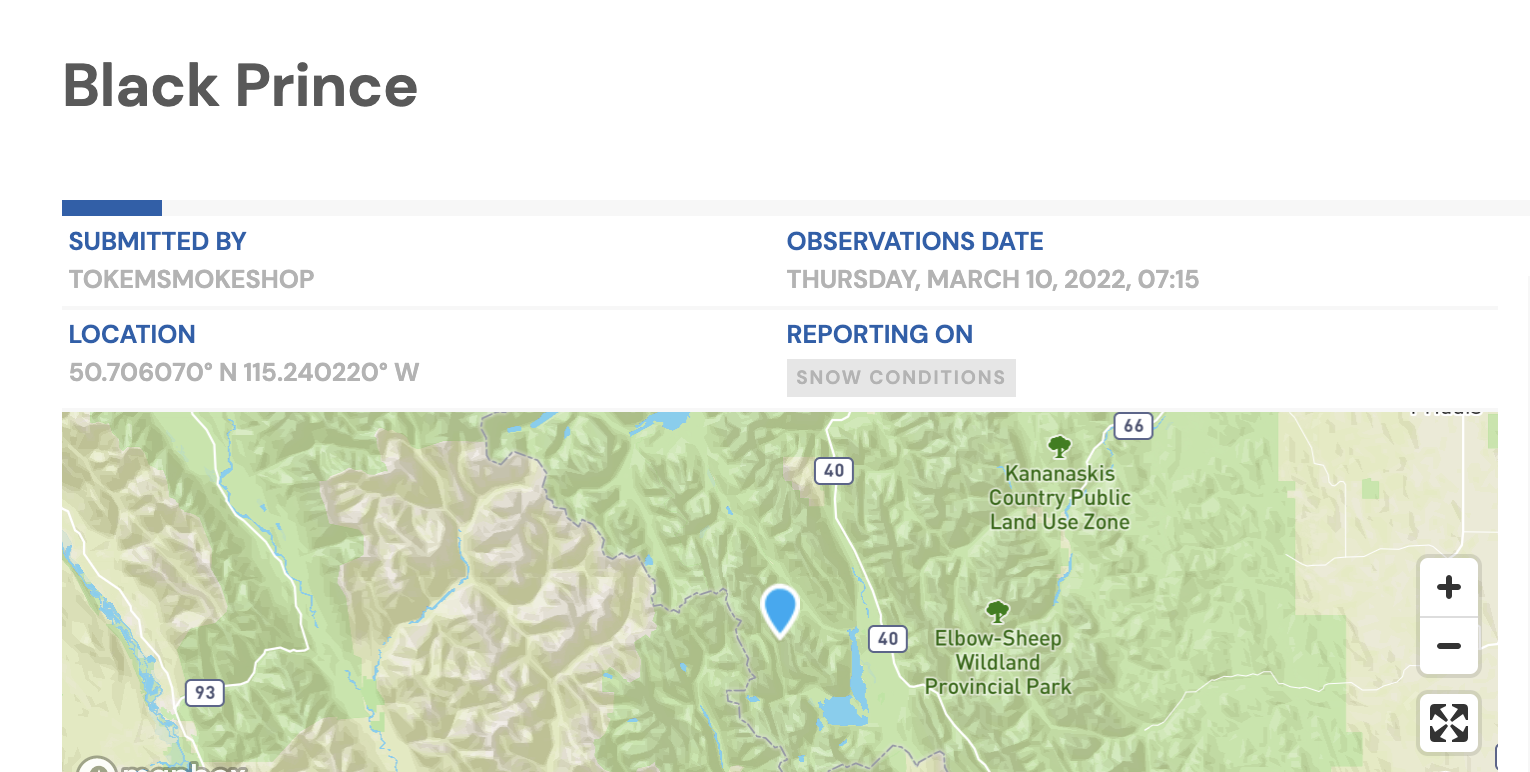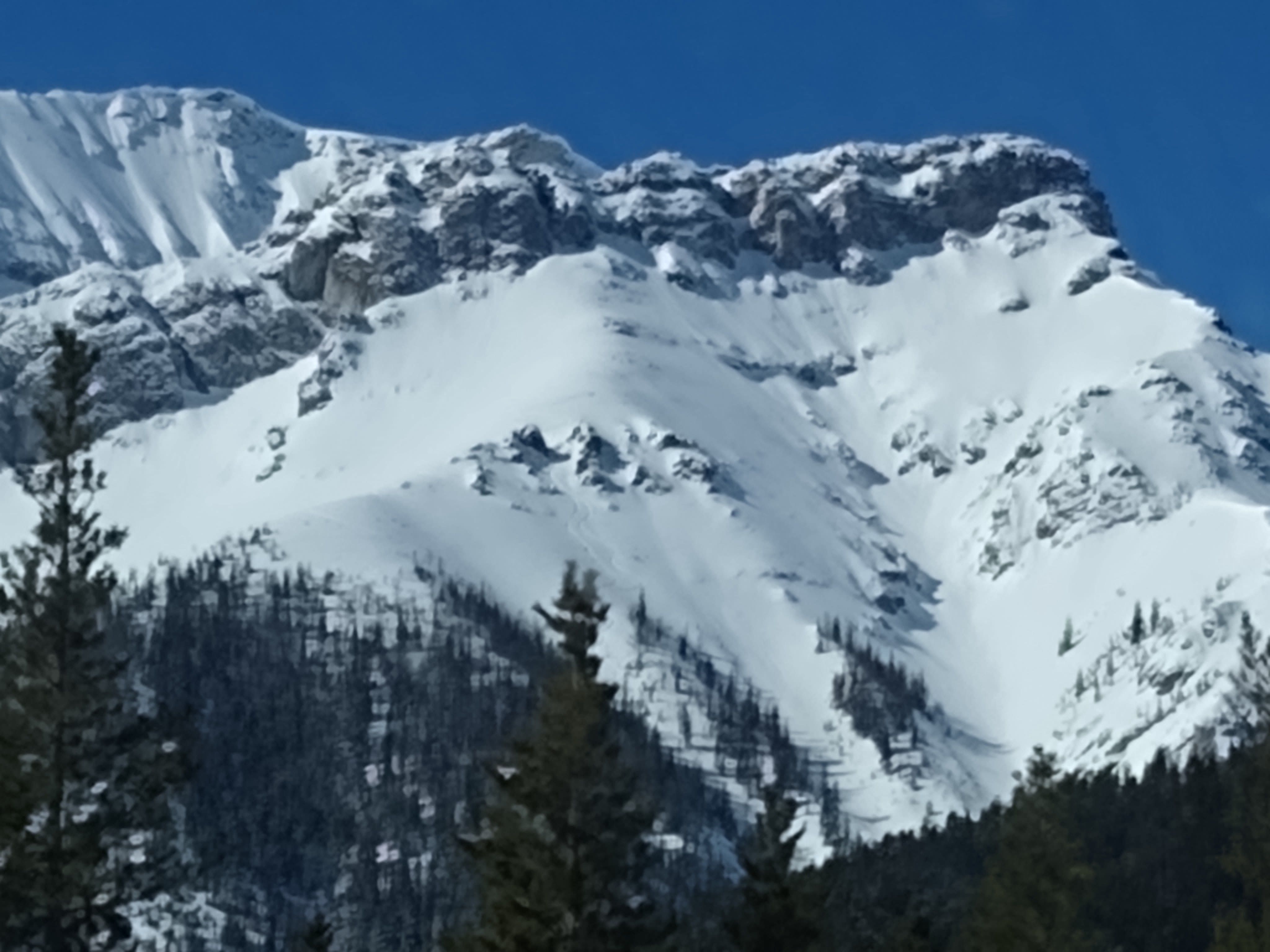The call of the Canadian Rockies
By Pat Lemoine
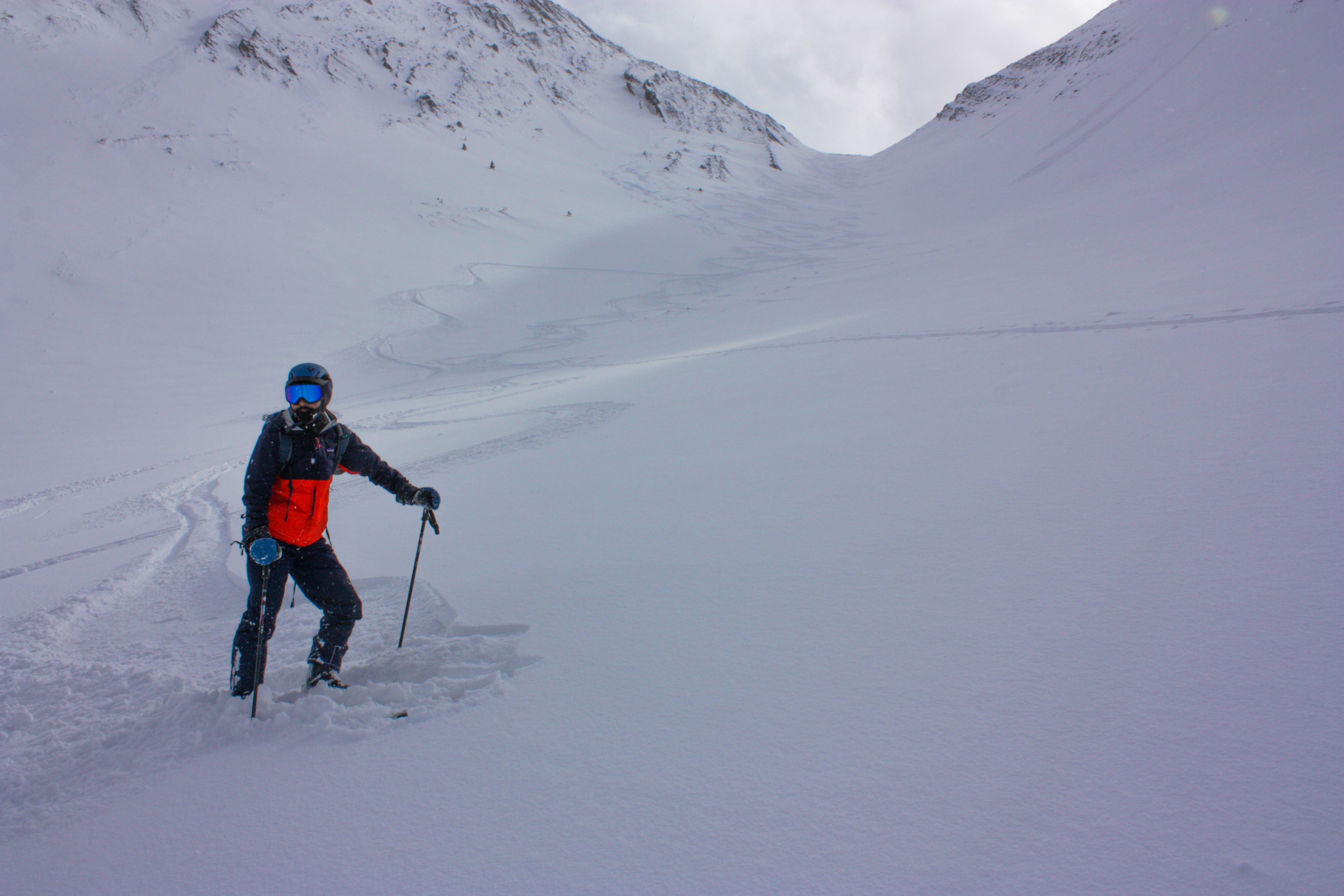
Interest in winter backcountry activities has been steadily rising for years, and the Canadian Rockies are no exception.
According to Snowsports Industries America, the sale of backcountry skiing and split-boarding equipment such as alpine touring bindings and avalanche transceivers rose 9.1 per cent in 2017 and 6.1 per cent in 2018. COVID-19 further catalysed this growth, seeing another 76 per cent rise between the months of August and October in 2020 compared to 2019.
As retailers look to service the needs of a rapidly emerging market share, avalanche professionals are busy mitigating risk.
Canada’s foremost intuition in the field is Avalanche Canada (AvCan), a non-profit safety organization formed in 2004. Their mission statement is to “encourage and educate people to recreate safely in the winter backcountry by developing, coordinating, promoting, and delivering world-class public avalanche safety programs and services in Canada”.
A major component of AvCan’s operation are Avalanche Skills Training (AST) courses, the de-facto prerequisites for travelling in avalanche terrain. According to the organization’s annual report, over 13,000 students partook in an AST1 course during the 2020-2021 season.
“People, before getting out into the backcountry, should look into taking an AST1 course,” says Alex Cooper, a communications associate for AvCan.
“Our kind of slogan is get the gear, get the training and get the forecast.”
Another major contribution from AvCan is the Mountain Information Network (MIN). MIN reports are snapshots of a given outing; they denote things like the weather observed, the condition of the snowpack, and observed avalanches. They can be submitted by anyone, and in fact AvCan encourages people to submit reports regardless of skill level.
"MIN's are really important for two reasons," says Cooper.
"First of all, there's the importance of sharing operation to other users because it just provides an extra level of information to recreationalists who are going out, so they you know they can look at them in reports in their region and use that to form their picture of the snowpack and of conditions.
We encourage people to share their reports, share their observations to help benefit other users and then they can benefit alike by what other people are sharing on demand.
The second aspect is for our forecasters, they will look at MIN reports as well to build their picture of the snowpack and conditions when they write their forecasts."
As AvCan continues to make a concerned effort to promote the growth of MIN reports, their past successes are evident.
The MIN program rolled out in 2014 and in all of Canada, 33 reports were submitted. In 2021 there were a total of 5560 reports submitted, a 16748.5 per cent increase in seven years.
Again, COVID-19 promoted a very strong growth in backcountry travel as can be seen in figure 1.1.

Figure 1.1
Figure 1.1
AvCan splits the Canadian Rockies into 14 distinct regions.
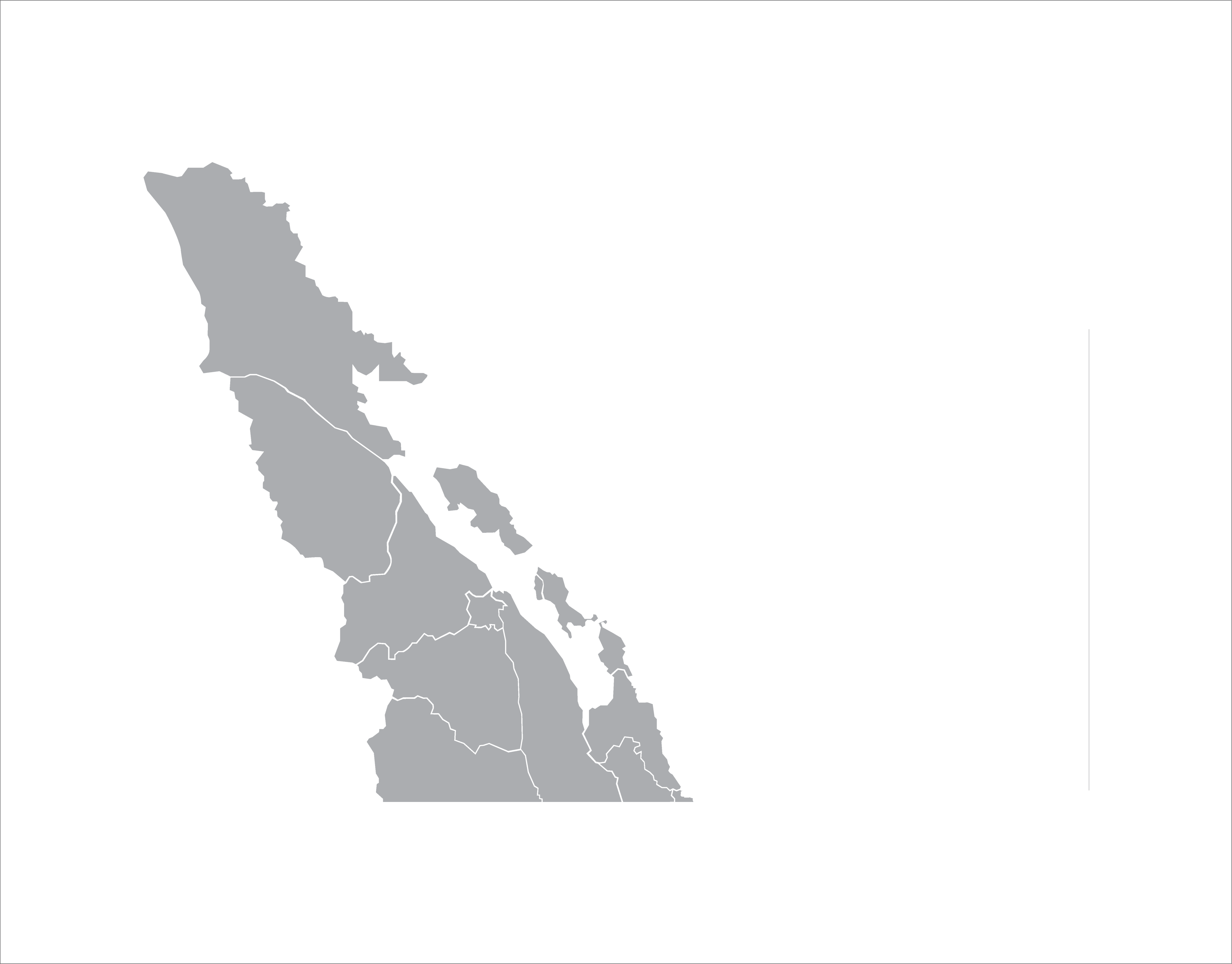
It wasn't always this way. When the MIN program first rolled out in 2014, there were only five designated zones and over 20 per cent of submitted reports came from within the South Rockies. Over 40 per cent came from the North Colombia area, likely due to the AvCan centre being based in Revelstoke, B.C.
The following maps demonstrate the percentage of MIN reports submitted by location. For those looking to avoid crowds, both the Waterton Lakes and Jasper National Parks habitually rank among the lesser frequented areas. In comparison, the Banff, Yoho, & Kootenay National Parks are the busiest as of late.
2014-2015
2015-2016
2016-2017
2017-2018
2018-2019
2019-2020
2020-2021
2021-2022
The next set of maps represent avalanche-related fatalities in the Canadian Rockies.
Historically, the deadliest locale has been the North Rockies, with 13 reported deaths since 2014. Most of these incidents involved snowmobilers, a sect of people particularly at risk due to the nature of the sport.
The most recent fatality in the area occurred in the Hasler riding area. Three of four snowmobilers were caught and buried in a class three avalanche, and one did not survive.
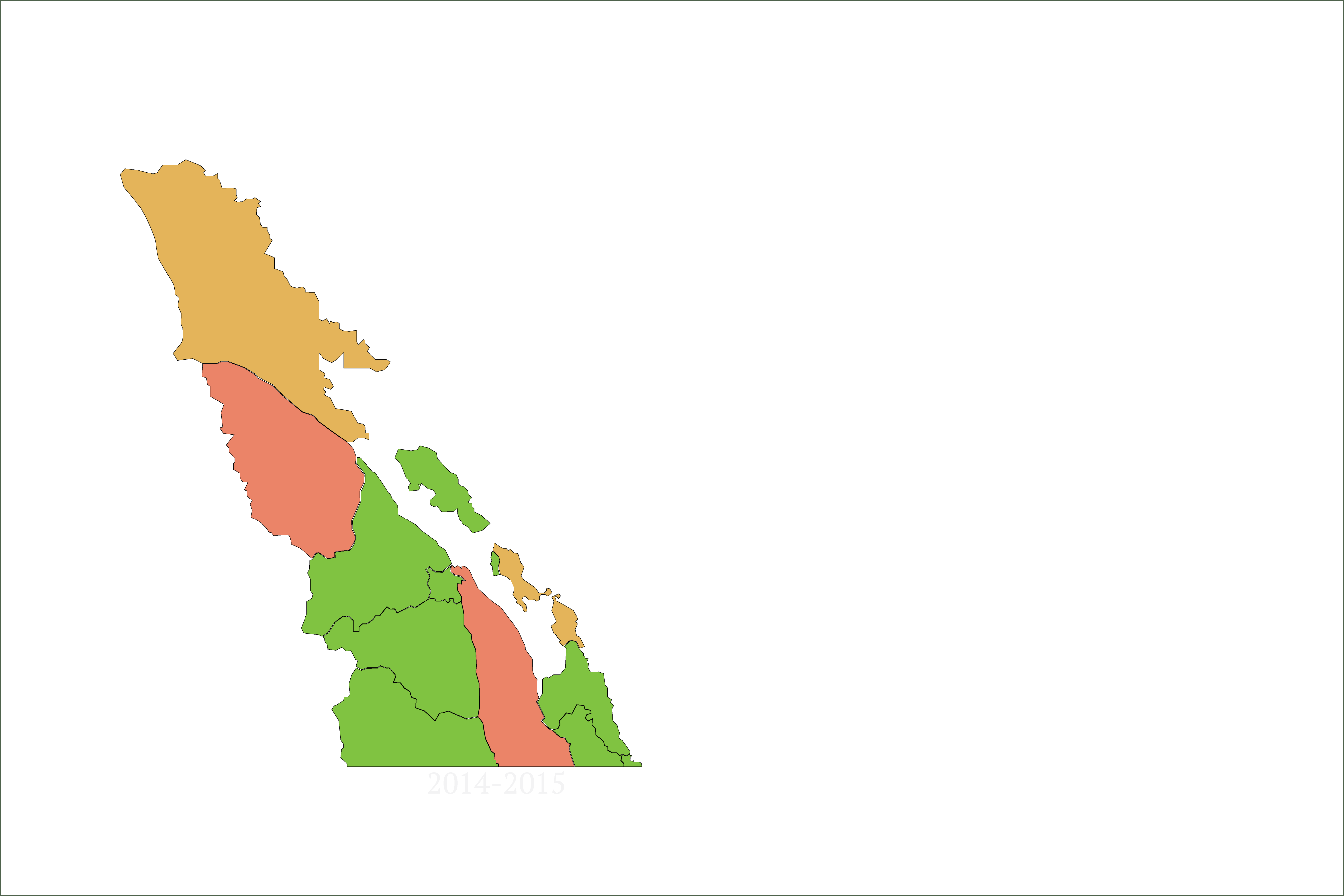
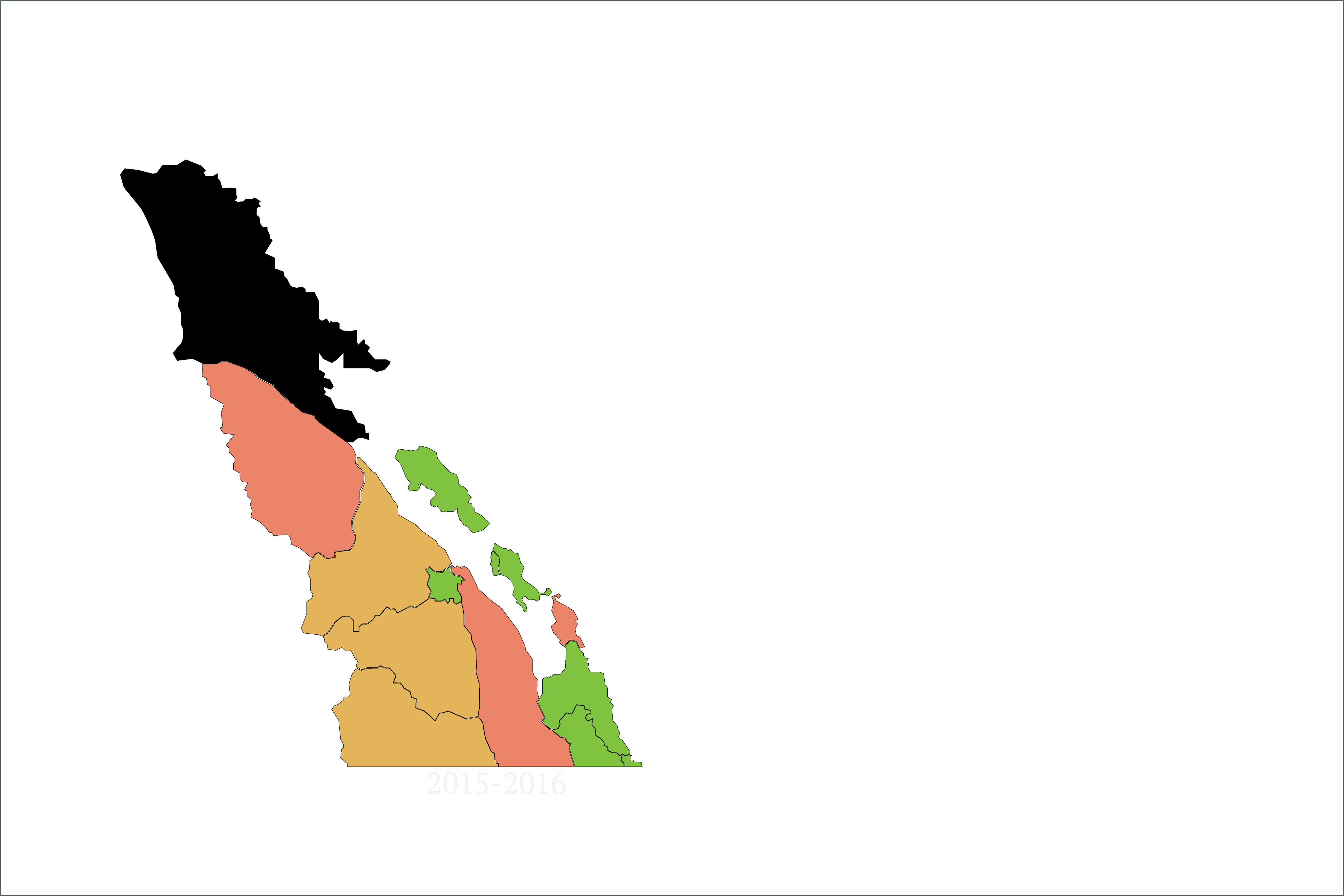
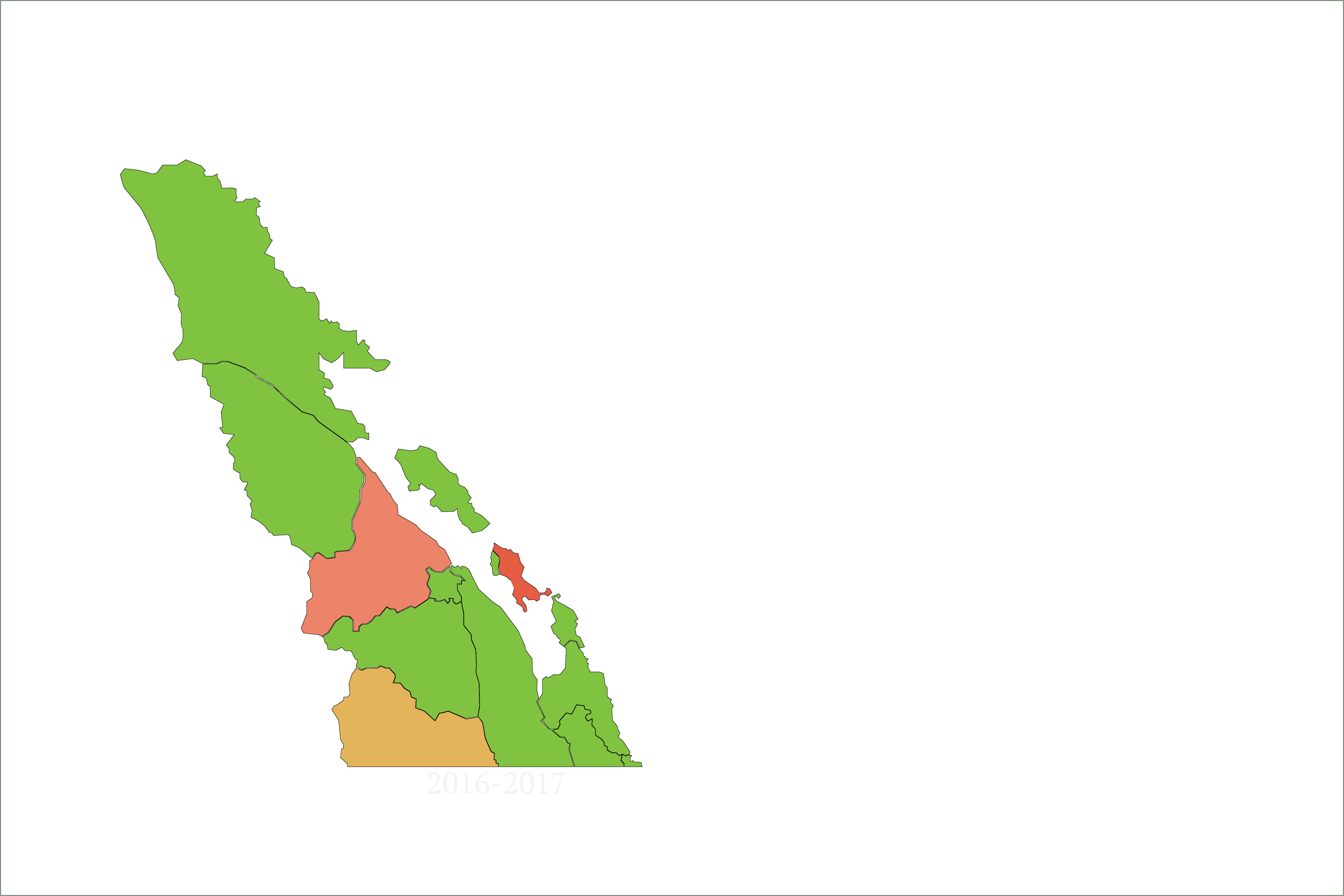
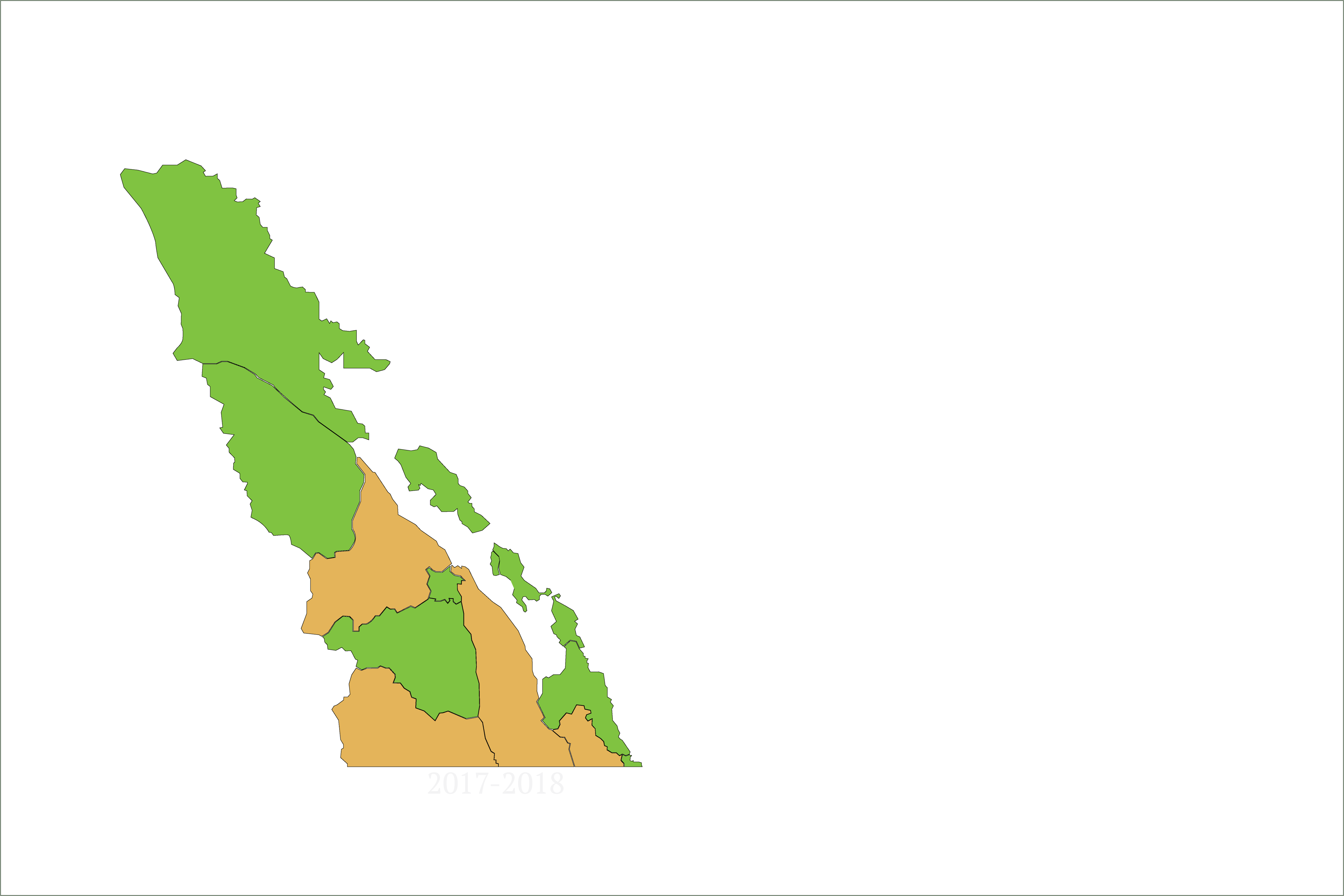
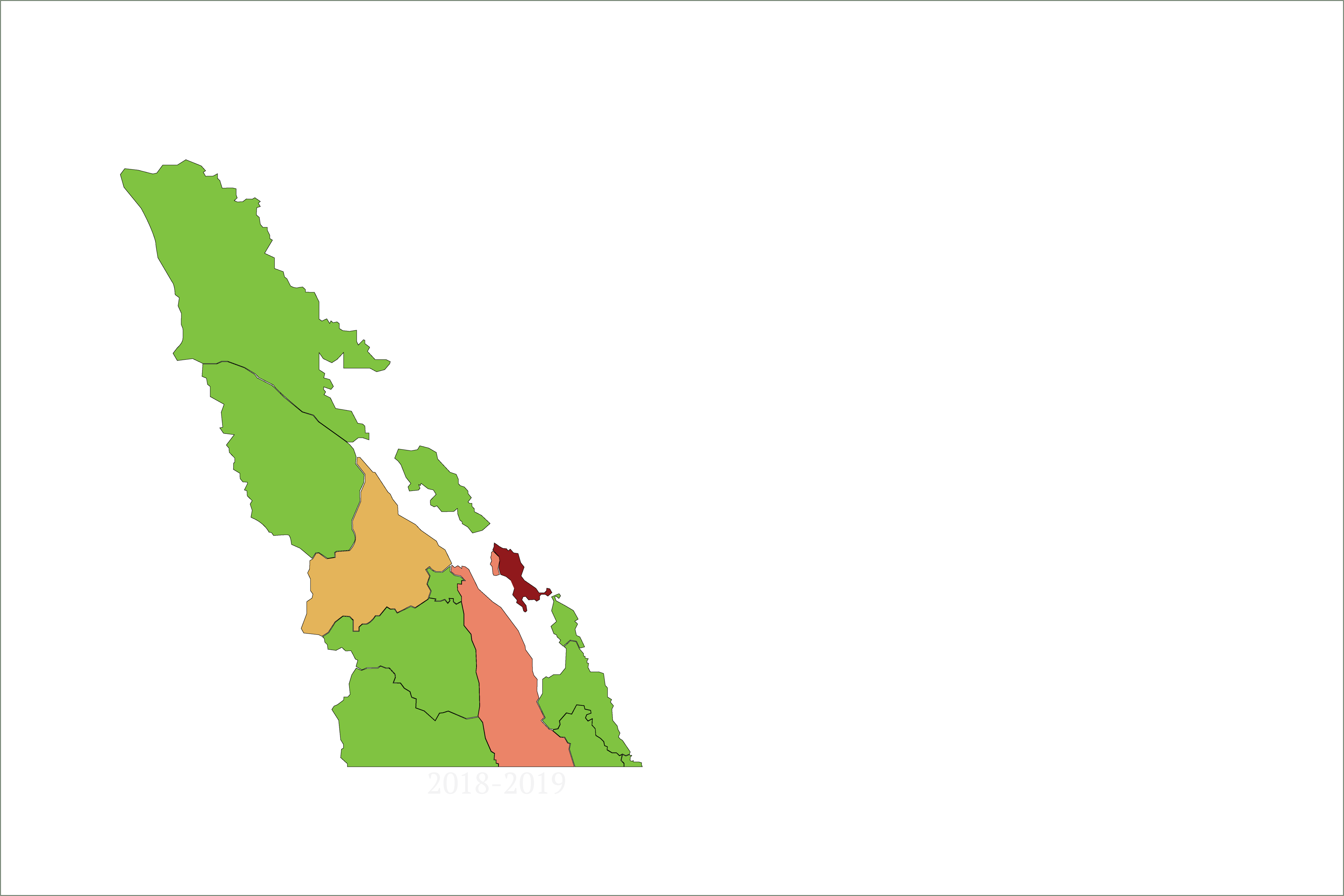
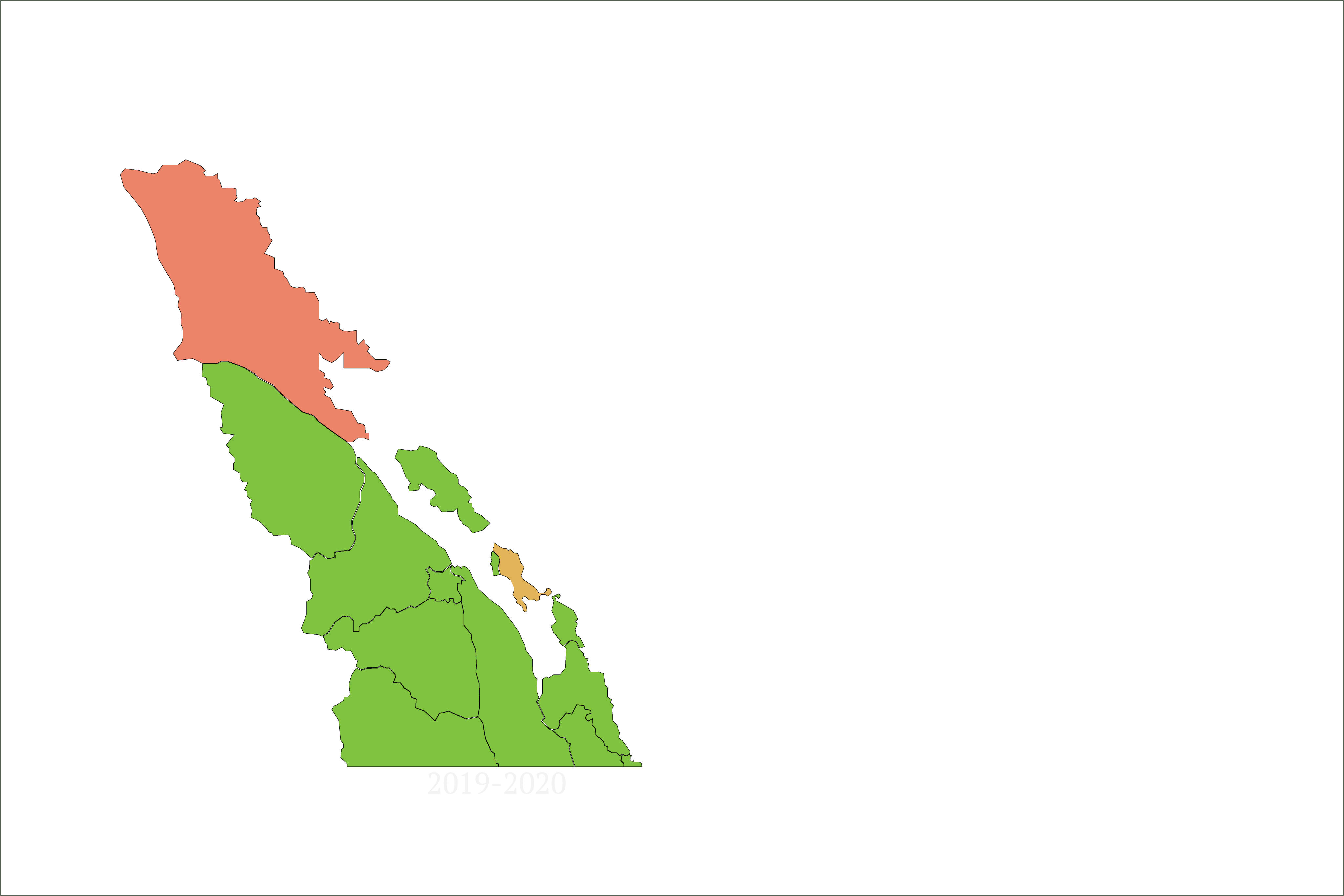
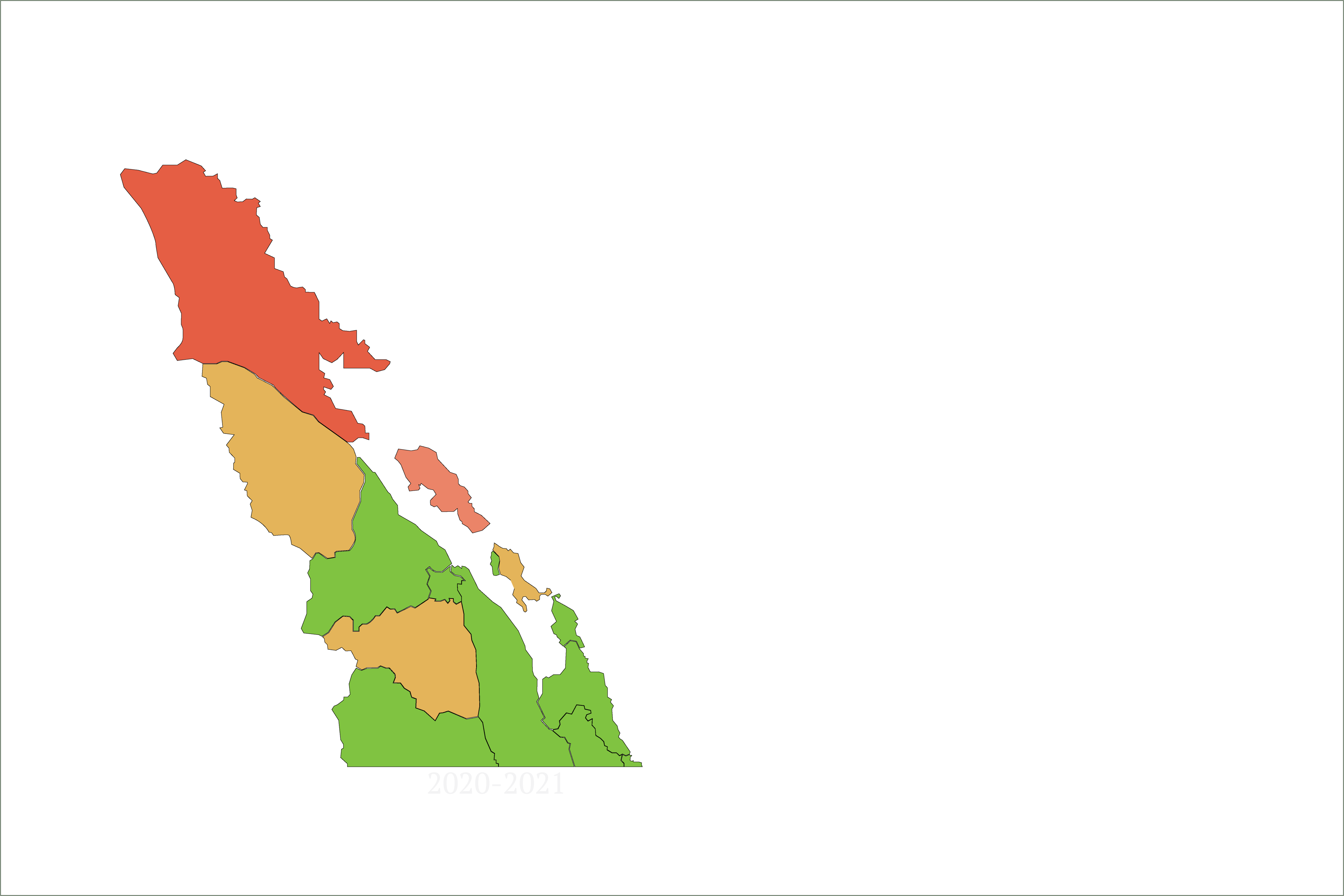
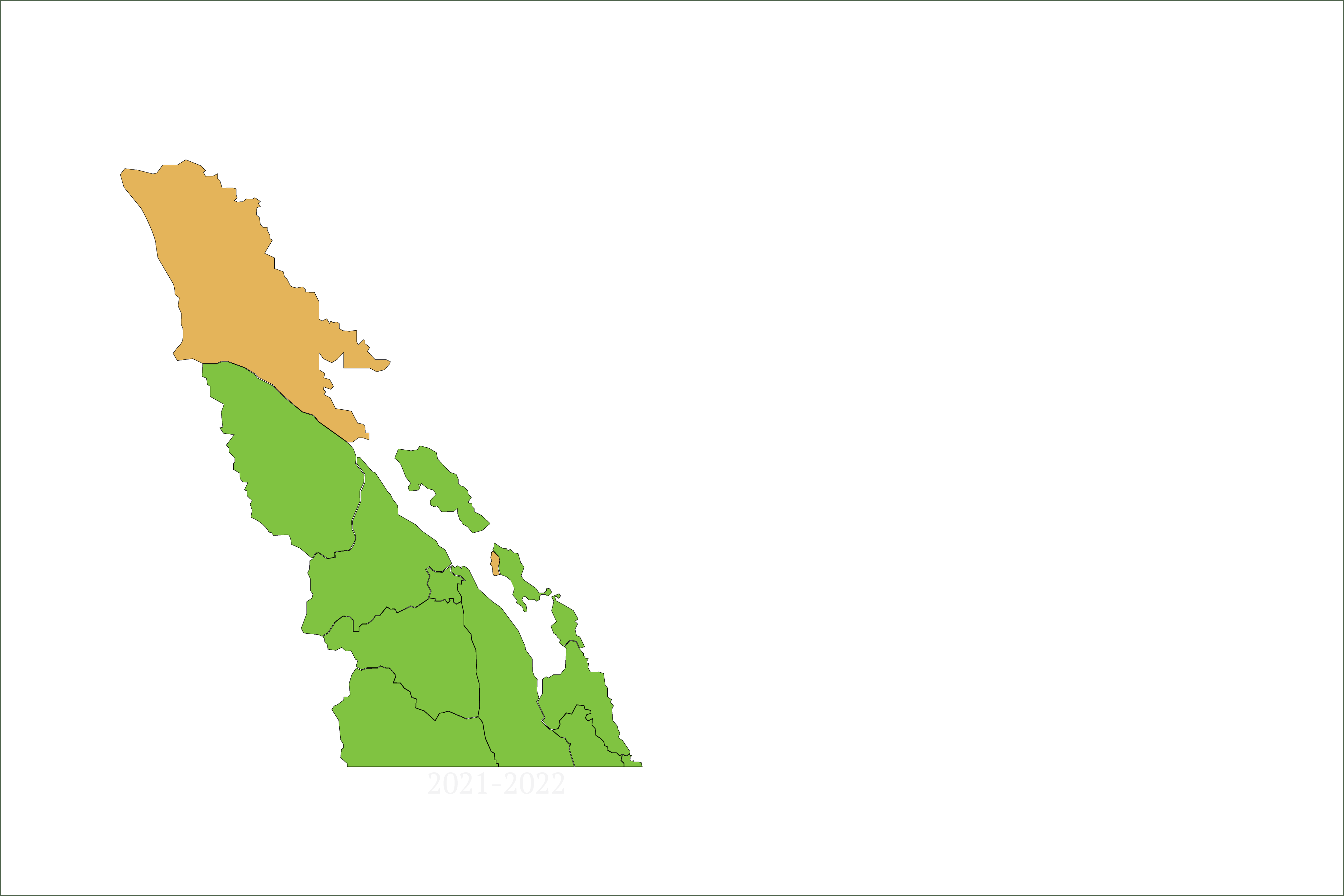
The deadliest year on record since then inception of MIN reports was 2015-2016, when 15 people died from avalanches. The deadliest single day of the year claimed 5 people within the North Rockies area.
The incident occurred near McBride, B.C., in the Renshaw Spirit Lake area, on January 29, 2016.

There were signs of instability in the snow pack in the days leading up to the Renshaw incident.
On January 23, user Trapper Gilowski observed over 30cm of fresh snow either by precipitin or wind loading.
Also present were "whoomfs"and shooting cracks, signs that an avalanche would likely occur in steeper terrain.
The user ended his report urging people to "play safe out there lots of fun to be had in mellow terrain".
On the 28th, just one day before the incident, user Pamann saw signs of multiple recent avalanches, and whilst digging a snow pit experienced a failure 45cm below the surface. They also noted significant wind loading in the area.
According to the AvCanpost-incident report, "a warm, windy storm occurred the previous 24 hours with significant precipitation followed by clearing and cooling on the day of the incident".
17 riders across four groups were swept by a class three slab avalanche, and 5 were killed. Their names were Vincent Loewen, Tony Greenwood, Ricky Robinson, Todd Chisholm, and John Garley.
The 2017-2017 season started badly for the Banff, Yoho, and Kootenay National Parks, when the indomitable Trevor Sexsmith was killed in a an avalanche in September.
The 27 year old Ontario native had amassed an otherworldly reputation as a big mountain skier by making a plethora of first descents and pushing the limits of skiing.
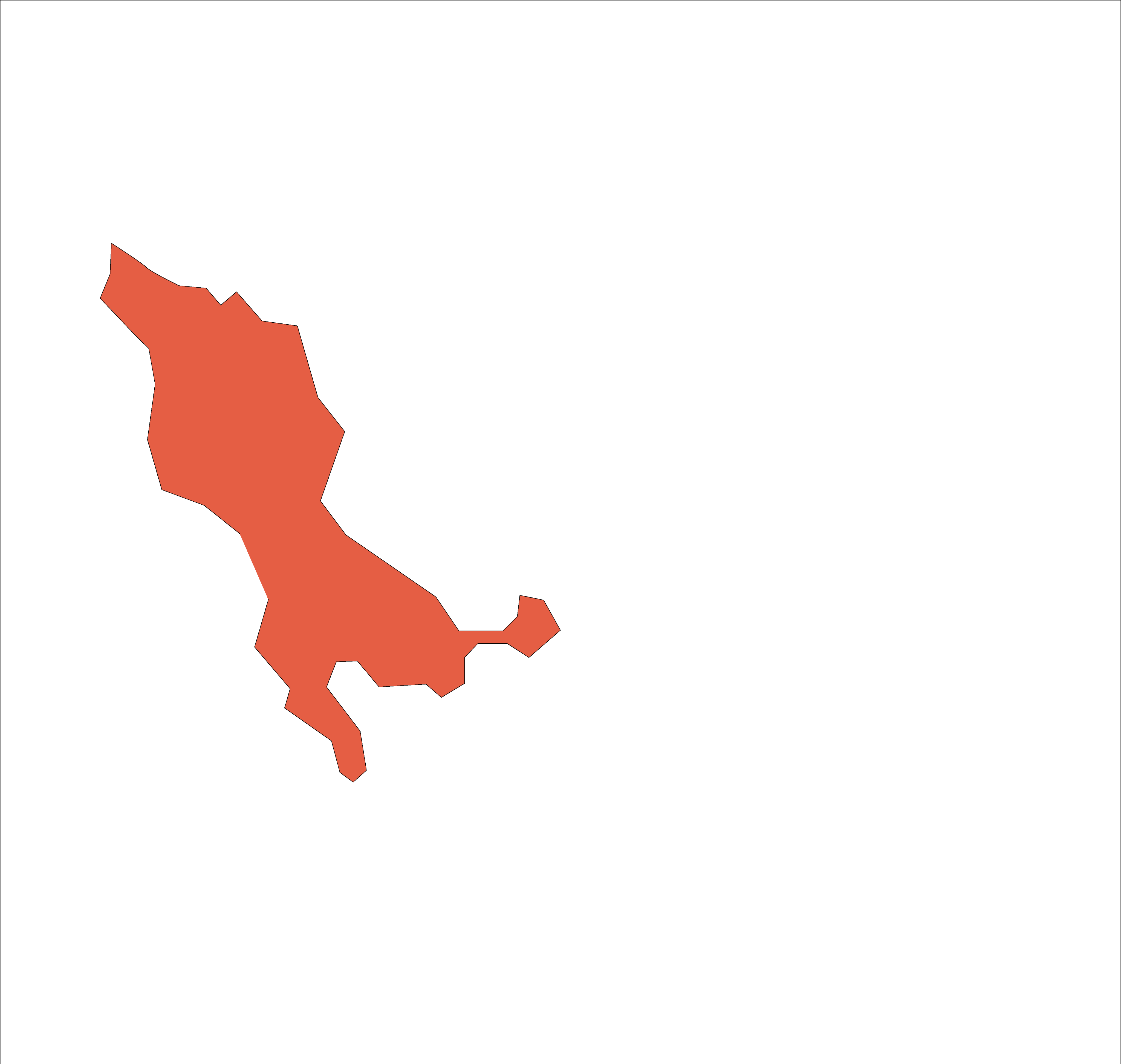
"Nobody wants to be killed in the mountains, but knowing that [Sexsmith] believed the risk to be worthwhile has always made it a lot easier to talk about."
Matt Ruta (pictured)
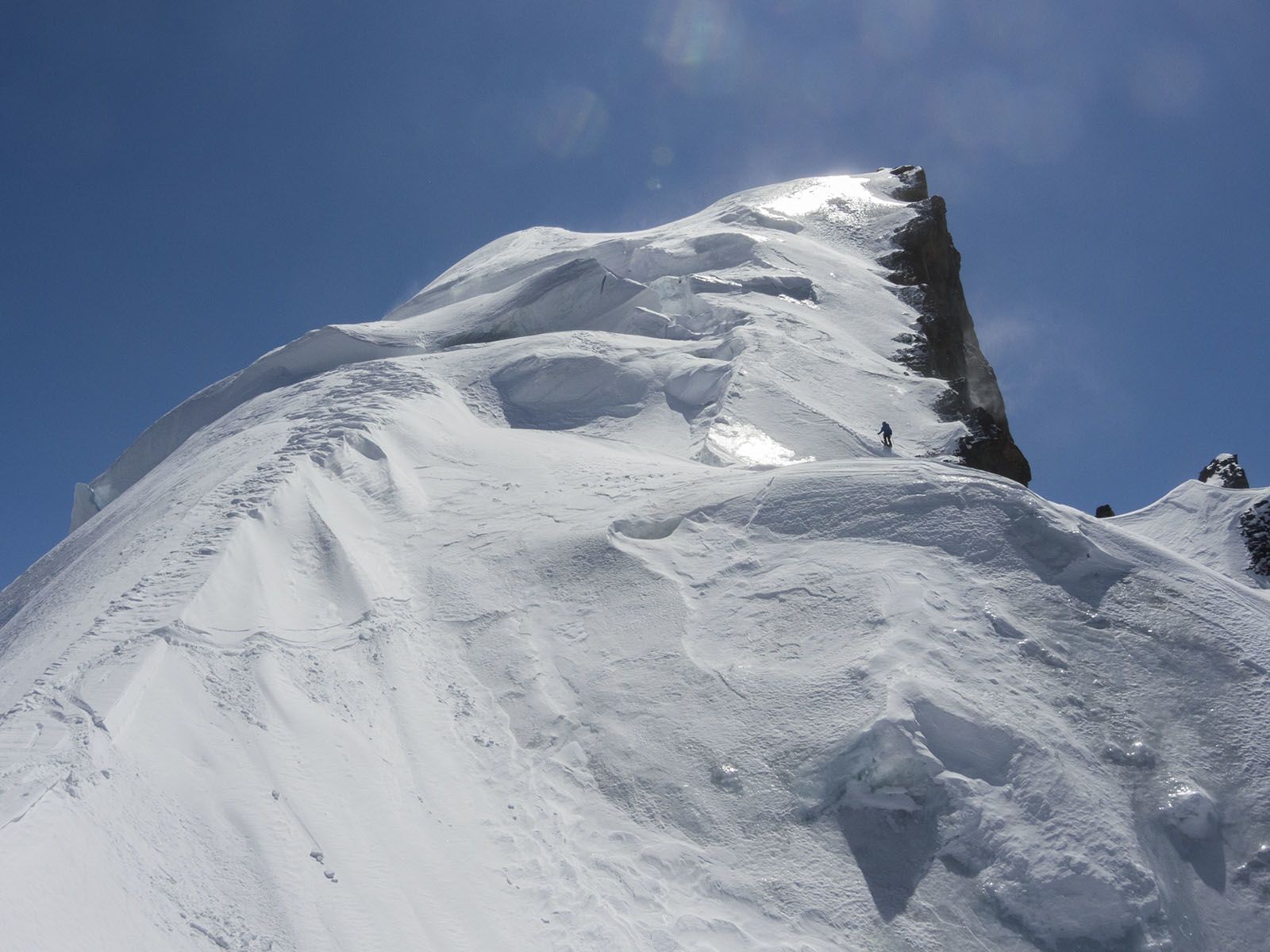
On September 25, 2016, Sexsmith and a touring partner set out to ski "The Sickle", a commiting line on Mt. Victoria near Lake Louise.
The pair elected to turn around due to high winds, but as they were returning to the car an avalanche triggered and pushed Sexsmith off of a cliff. A Parks Canada official estimates he fell somewhere between 75 and 100 meters. He did not survive.
Matt Ruta, a well-known ski mountaineer, had skied with Sexsmith before. In May 2016, he and Sexsmith ventured into the Colombia Icefields to ski some serious peaks — including the North Twin pictured above.
"He passed away doing something that that he knew to be dangerous," said Ruta, "[but] he felt to be worthwhile anyway."
Ruta would later ski "The Sickle" in his honour.
Little Yoho is the newest designated forecasting area, splitting off from the Banff, Yoho, and Kootenay National Parks. It includes the immensely popular Iceline trail, on top of a multitude of remote and complex peaks. Given the serious nature of the terrain, it is no surprise to see numerous incidents within the past year.
On February 21st, Jasper local Douglas Olthof was caught in an avalanche along the Iceline trail.
According to the MIN report submitted by Olthof, he was caught because he let his guard down; he didn't consider how strongly the area had been wind-affected, and he didn't recognize the fact that he was transitioning aspects.
" As I hit the ground, I heard the tell-tale whoomf and I was moving. I was carried down the entire slope to where it transitioned to the bench.
This transition was more abrupt than I had appreciated. As the snow in front of me stopped, it walled up like a wave.
As I stopped, the snow behind me flooded over my shoulders and I took a deep breath, expecting things to take a turn for the worse."
Olthof avoided being fully buried and was freed from the concrete-like snow by his touring partners.
Not everyone is so lucky.
On April 13, a party of five mountaineers were ascending Mont Des Poilus, a 3166 meter peak in the North-West of Little Yoho.
One member was approaching the summit when a cornice estimated to be "60-80 meters wide" collapsed under her feet.
This triggered an avalanche, and the victim fell nearly 300 meters. According to a Parks Canada official, she was not buried and the cause of death was trauma.
But it's not all doom and gloom.
Every person who enters the Canadian Rockies, whether they be mountaineers, skiers, or snowshoers, has made the choice to be there. The allure of the mountains are almighty, and for most avid parishioners the risks involved are perpetually worth it.
Canada is lucky to have such formidable terrain, and professionals who do their darnedest to make it as safe as possible. Know before you go, but when you get there, have fun.
On that note, next is a look at one last MIN report, courtesy of the author.
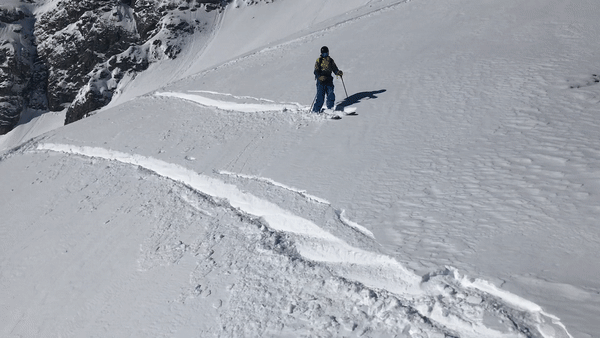
Video courtesy of Thomas Burnyeat
Video courtesy of Thomas Burnyeat
